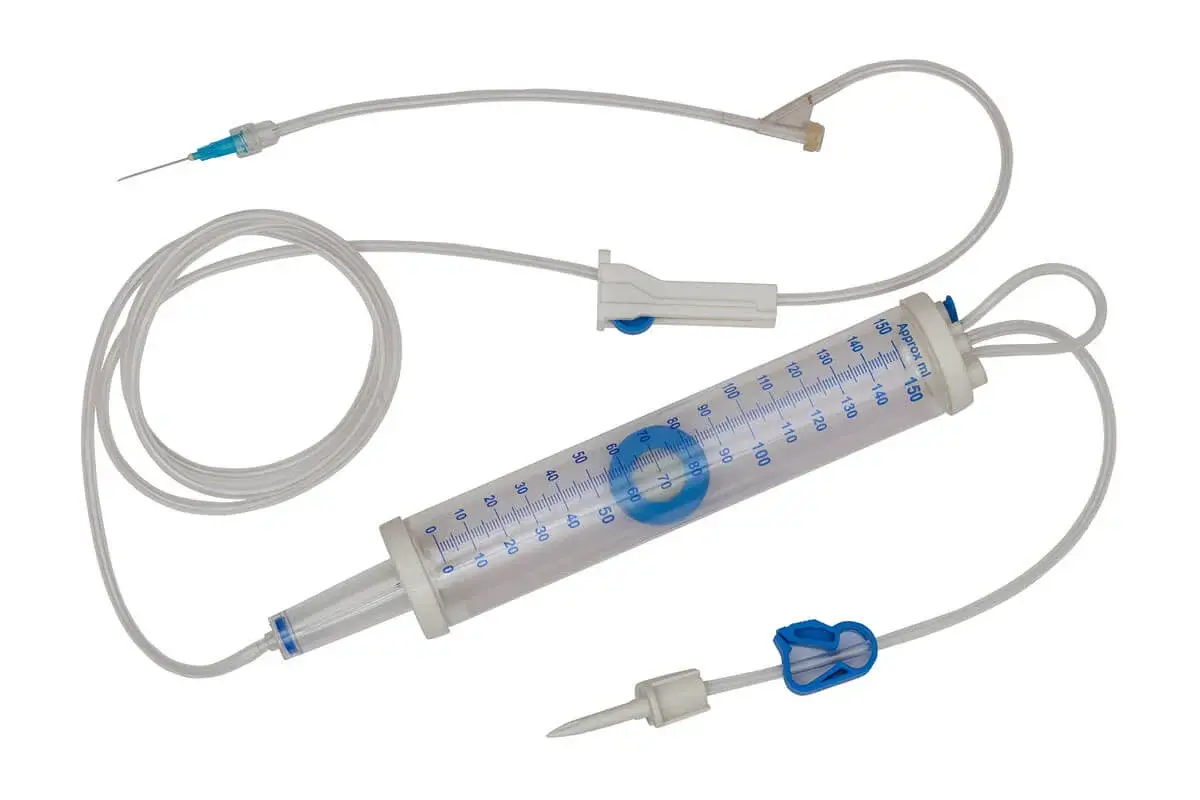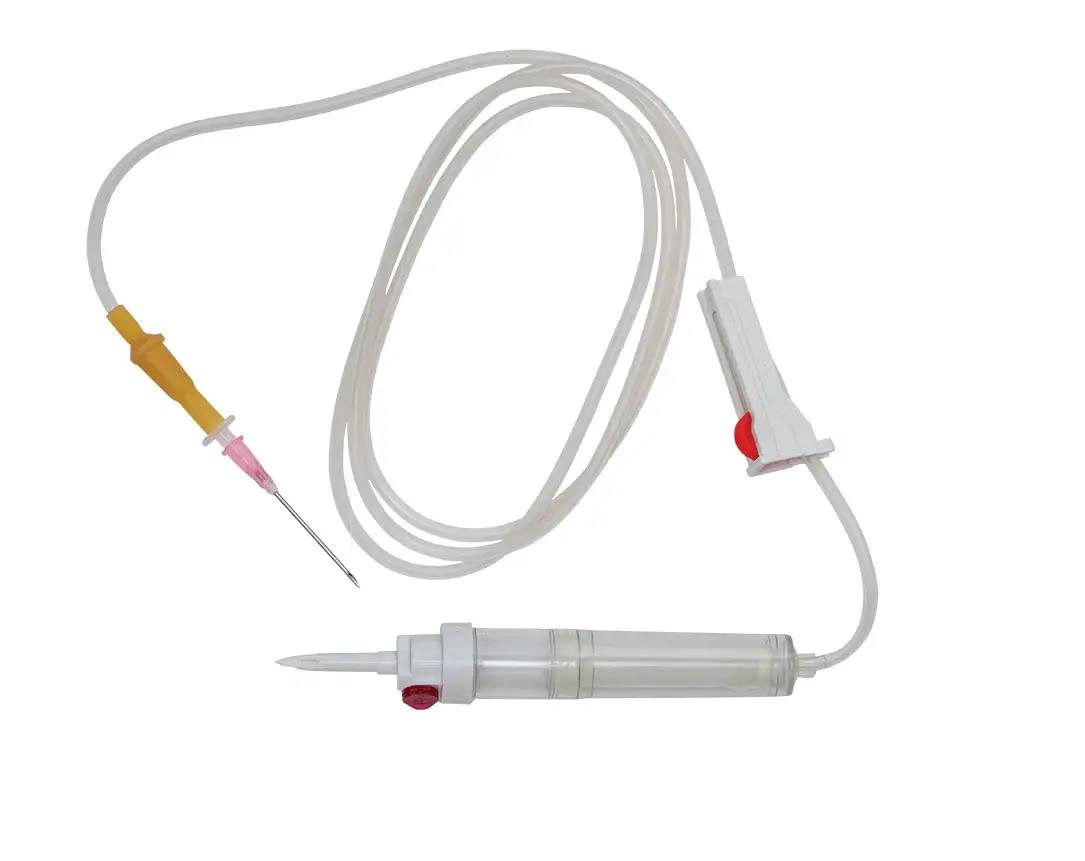Understanding Pediatric Infusion Needs

Pediatric infusion therapy presents unique challenges that differ significantly from adult practices. The primary consideration in this field is the wide range of body sizes and weights among children. Infants and children can vary drastically in both physical dimensions and developmental stages, necessitating tailored approaches to fluid and medication delivery. Unlike adults, children have a higher metabolic rate and their bodies are still developing, making them particularly susceptible to alterations in medication dosages, however minute.
The precision of fluid administration in children is crucial because their systems are less forgiving of discrepancies. In pediatric patients, even minor deviations in medication dosages can have substantial implications for health outcomes. For instance, a small overdosing could lead to toxicity, while under-dosing can result in inadequate treatment response. These risks underscore the importance of accurate dosing and the delivery of intravenous fluids tailored to the specific needs of pediatric patients.
Additionally, the physiological characteristics of children—including their emerging organ systems, metabolism, and vascular access challenges—further complicate pediatric infusion therapy. Children’s veins are often smaller and more difficult to access than those of adults, increasing the requirement for precision in both placement and fluid delivery. The potential consequences of errors in intravenous medication administration are profound; they can lead to adverse reactions, increased hospital stays, and even life-threatening situations.
To effectively address these critical needs, the use of measured volume IV sets has become paramount. These specially designed systems facilitate accurate fluid delivery and dosing, catering specifically to the delicate requirements of younger patients. As pediatric care continues to evolve, recognizing and meeting these unique infusion needs remains a priority for healthcare providers, ensuring safety and effectiveness in treatment.
What are Measured Volume IV Sets?
Measured volume IV sets are specialized medical devices designed to administer intravenous fluids with a high degree of accuracy, particularly in pediatric care. Unlike standard IV sets, which may not provide precise volume delivery, measured volume sets incorporate specific design features to ensure reliable volume measurements. This precision is crucial in pediatric settings, where fluid requirements often vary significantly due to differences in body weight, age, and medical condition.
The distinctive components of measured volume IV sets include graduated drip chambers and specialized drip factors. The drip chambers are marked with clear graduation lines, allowing healthcare providers to monitor the amount of fluid being administered with accuracy. Moreover, these sets often feature unique drip factors that calculate the number of drops needed to achieve the desired volume, enhancing control over fluid delivery. This integrated technology provides real-time feedback regarding infusion rates, which is vital in managing patient care effectively.
Measuring volume accurately is especially important in pediatric care, where even small deviations can have significant consequences for a child’s health. For instance, when treating a dehydrated child, the calculated fluid volumes must be administered precisely to avoid complications such as fluid overload. Measured volume IV sets offer the necessary tools to maintain strict adherence to prescribed fluid therapy. These sets are frequently employed in various scenarios, including administering medication, electrolyte replacement, and during post-operative care where fluid management is critical. As healthcare technology evolves, the application of measured volume IV sets is becoming more prevalent, enhancing the quality of care provided to pediatric patients.
Benefits of Using Measured Volume IV Sets in Pediatrics
Measured volume IV sets are invaluable tools within pediatric healthcare settings, providing a host of benefits that significantly improve patient care. One of the primary advantages is the reduction of medication errors. Children are particularly vulnerable to the risks associated with incorrect dosages, as even minor errors can lead to serious complications. With measured volume IV sets, healthcare providers can deliver precise volumes of medication and fluids, minimizing the chance of inadvertent overdoses or underdoses. The design of these sets allows for greater accuracy in administering treatments, which is crucial in pediatric patients who require tailored care and dosages based on their specific weight and condition.
Additionally, patient safety is greatly enhanced through the utilization of measured volume IV sets. These sets help ensure that the correct amount of medication is administered at the right time, which can be pivotal for critical care situations. Preventing complications associated with incorrect dosages, such as fluid overload or inadequate treatment, ultimately leads to better clinical outcomes. Pediatric patients often require continuous monitoring, and the use of these sets ensures that medical professionals can deliver consistent care without the need for frequent adjustments.
Parental confidence in infusion therapy is another significant benefit of measured volume IV sets. Parents are understandably concerned when their children require medical interventions. The knowledge that healthcare professionals are using precise and reliable methods can alleviate some of this anxiety. Case studies have shown that parents report higher satisfaction levels when they see the careful measures in place for their child’s treatment, which can improve the overall healthcare experience.
In summary, incorporating measured volume IV sets in pediatric settings not only enhances safety but also leads to better adherence to fluid requirements, ultimately fostering a more reliable and trustworthy environment for both patients and their families.
Best Practices and Considerations for Implementation
The implementation of measured volume IV sets in pediatric infusion is critical for ensuring precision and safety in administering fluids to young patients. To achieve optimal outcomes, healthcare providers must adhere to established best practices. One of the foremost practices is comprehensive staff training. All personnel involved in the preparation and administration of IV fluids should receive standardized training that covers the principles of measured volume IV sets, its operational mechanisms, and troubleshooting techniques. This training not only enhances proficiency but also elevates the overall safety standards within healthcare facilities.
In addition to staff education, establishing robust protocols for infusion administration is essential. These protocols should detail the steps for setting up, monitoring, and adjusting IV infusions, while also including guidelines for managing potential complications. Clear communication among team members and regular updates to protocols, based on the latest evidence-based practices, help ensure that infusions are conducted reliably and efficiently.
Regular equipment checks are another vital aspect of maintaining precision. Healthcare providers should implement a system for routinely inspecting and maintaining measured volume IV sets to ensure they remain in optimal working condition. This includes not only checking the sets themselves but also ensuring that associated infusion pumps and monitors are functioning correctly.
Despite the advantages of measured volume IV sets, challenges may arise, such as device calibration issues or changes in patient needs during treatment. To mitigate these potential limitations, healthcare teams should develop a robust support system for troubleshooting and addressing any discrepancies that may affect patient safety.
Looking toward the future, advancements in pediatric infusion technology are poised to enhance patient care further. Emerging innovations, such as smart infusion systems and integrated electronic health records, promise to improve dosing accuracy and streamline workflows, ultimately contributing to better patient outcomes in pediatric settings.









